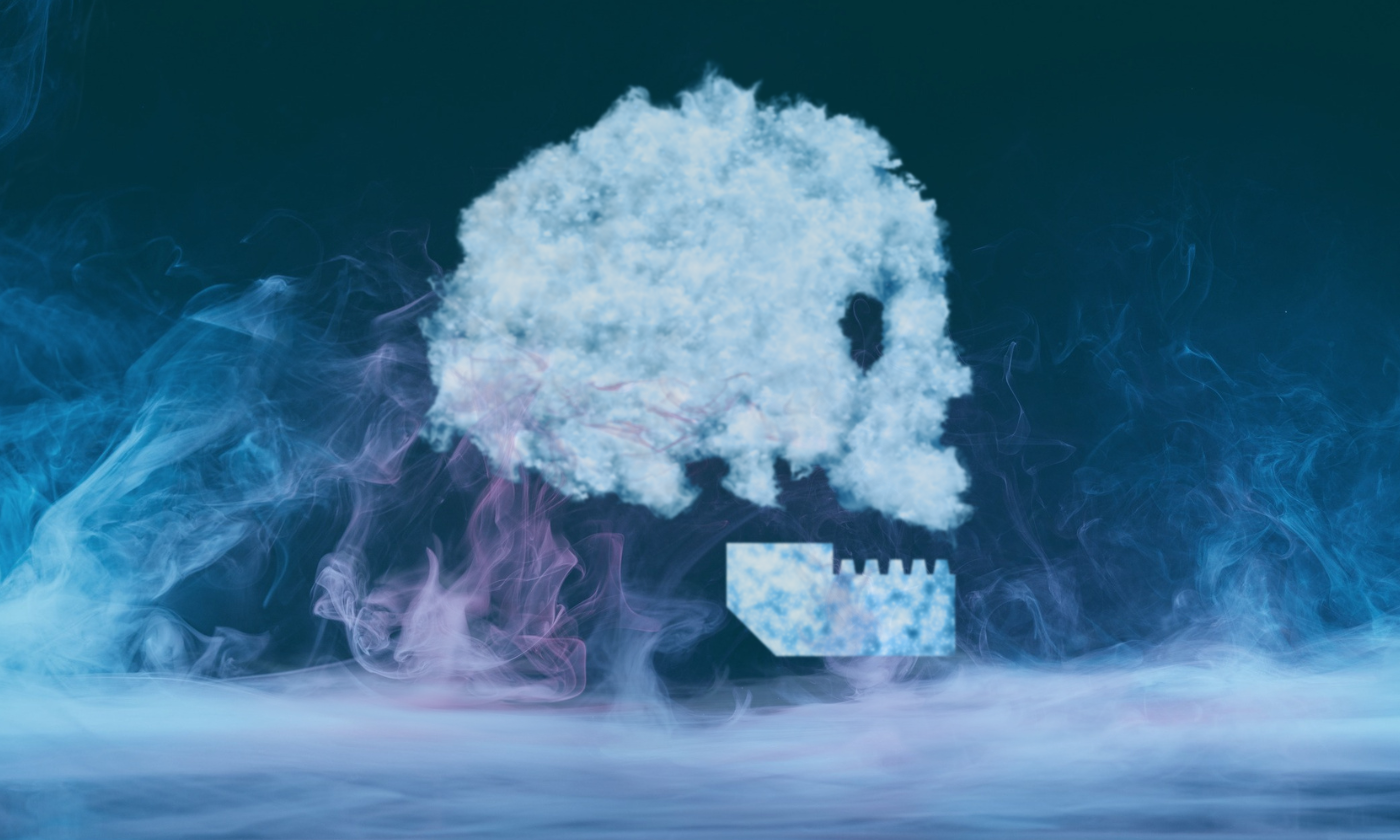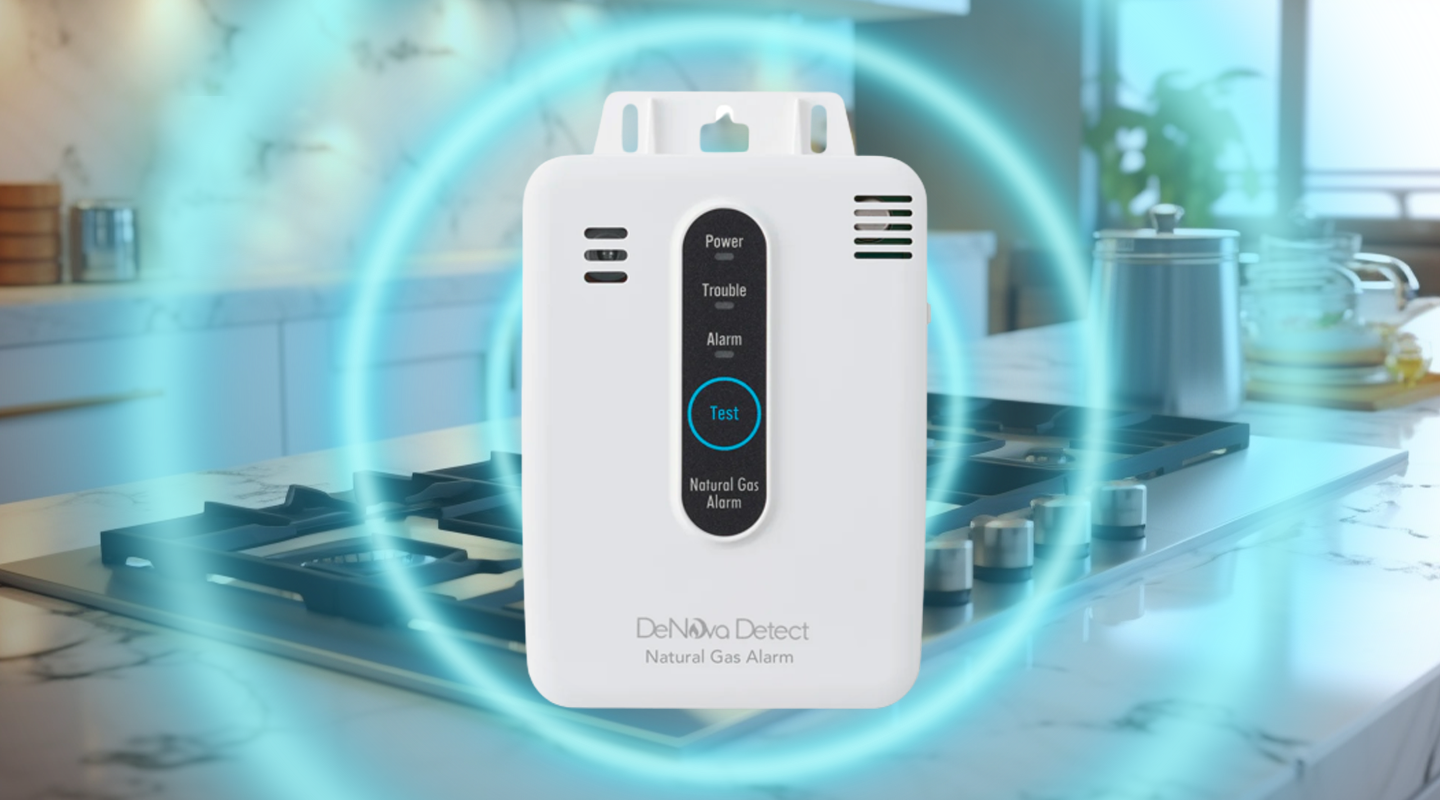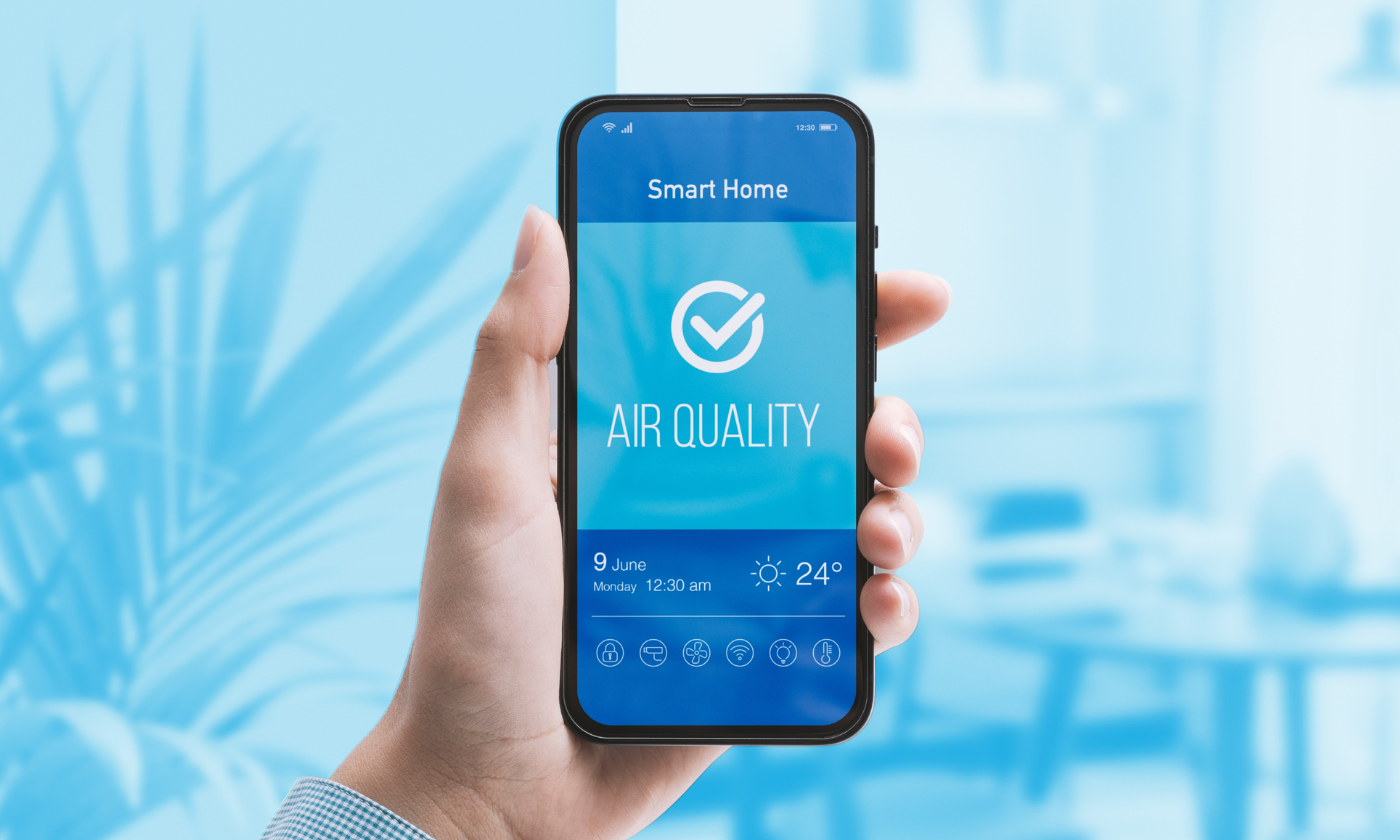一部のガスは他のガスよりも毒性が強く危険ですが、すべての圧縮ガスは危険物とみなされます。アセチレン、アンモニア、二酸化炭素、塩素、水素など、さまざまな種類の圧縮ガスに関連する特定の危険性を認識することが重要です。圧縮ガスの潜在的なリスクを理解することで、個人はリスクを軽減し、安全を確保するための適切な予防措置を講じることができます。
最大限の保護のためには、ガスの安全性に関する認識が不可欠です。さまざまな種類のガスの特性と危険性を理解する前に、圧縮ガスとは何かを理解することが重要です。
圧縮ガス
圧縮ガスは、ボトルや専用ボンベなどの容器に圧力をかけて保存されます。保存状態は、各化合物の特性によって異なります。液体ガス、非液体ガス、溶解ガスなどがあり、保存圧力はそれぞれの値に合わせて調整されます。
- 液化圧縮ガス:充填圧力下で、70°F (21°C) の温度で部分的に液体になる化学物質または物質。
- 非液化圧縮ガス:充填圧力下、温度 70°F (21°C) で完全に気体となる化学物質または物質 (溶解したガス以外)。
- 圧縮ガス溶液:溶媒に溶解した非液化圧縮ガス。
天然ガス漏れの危険性は、ガス器具だけに限りません。圧縮天然ガス (CNG) は、主に輸送または後で使用するための貯蔵を目的として高圧下で貯蔵された (ガス状のまま) メタンを主成分とする天然ガスです。この状態では、透明で無臭、非腐食性です。圧縮された天然ガスやパイプラインを流れる天然ガス漏れが安全上のリスクにつながる可能性があるのと同様に、圧縮ガスも十分に理解されていないと危険な状況につながる可能性があります。
さまざまなガスのカテゴリー
ほとんどのガスには 1 つ以上の危険な特性があり、1 つまたは複数のカテゴリに分類できます。世界調和システム (GHS) により、個人が取り扱う可能性のあるガスの種類を簡単に識別できます。GHS は、さまざまな化学物質を危険の種類別に分類する包括的な危険情報伝達システムです。世界中の国々がこのシステムを採用して、輸入または製造する化学物質に関する一貫性のある適切な情報を提供し、混乱を最小限に抑えることができます。
GHS システムにより、圧縮ガスを扱う人は誰でも、それが有毒、爆発性、またはそれらの組み合わせであるかどうかを迅速に判断し、自分自身と他人の安全を確保できます。圧縮ガスのさまざまなカテゴリには、次のものがあります。
可燃性
可燃性ガスには、天然ガスの 2 つの成分であるアセチレン、ブタン、一酸化炭素、水素、メタン、プロパンが含まれます。これらのガスは、低い引火点で発火して燃焼します。このようなガスの可燃範囲は、空気中の濃度または酸化性ガスとの接触が、その下限爆発限界 (LEL) と上限爆発限界 (UEL) の間にあるときに測定されます。
可燃性ガスを取り扱う際は、発火の可能性のあるすべての原因を排除する必要があります。発火は、火花、アーク、裸火、非常に高温の表面などの原因がある場合にのみ発生します。また、ホスフィンなどの低い自然発火温度 (212°F) を持つ特定のガスが高温の蒸気管や電球に接触すると、自然発火が発生する可能性もあります。
安全に関するヒントは次のとおりです:
- 火災の緊急事態に備えて携帯用消火器をすぐに使えるようにしておいてください。
- 漏れを検出するために炎を使用しないでください。代わりに、現在 Denova Detect Web サイトで入手可能な最先端のガス警報器などの天然ガス検知器のような互換性のある漏れ検出ソリューションを使用する必要があります。
- 可燃性の圧縮ガスシリンダーまたはシステムを扱うときは、火花防止工具を使用してください。
酸化
酸化性ガス、または単に酸化剤は、不燃性のガスです。ただし、発火源と燃料が存在すると、空気中の酸素を置き換え、燃焼を促進し、激しく加速します。一般的な酸化性ガスには、塩素、フッ素、亜酸化窒素などがあります。
油、グリース、可燃性ガスなどの燃えやすい物質を酸化剤の近くに保管したり放置したりしないでください。また、これらの物質が酸化剤サービスに使用されるシリンダーやその他の機器に接触しないようにしてください。火災が発生すると、急速に広がり、消火が困難になる可能性があります。
有毒
有毒ガスは最も危険で、 NFPA 704によれば健康被害レベルは 3 または 4 程度です。有毒ガスはさまざまな影響を及ぼし、反応性、可燃性、酸化性、またはこれらすべての組み合わせのいずれかになります。最も一般的な有毒ガスの 1 つは一酸化炭素で、無色無臭です。一酸化炭素中毒の初期症状には、疲労感、眠気、頭痛、吐き気、胸痛、胃痛などがあります。
その他の例としては、一酸化炭素、硫化水素、窒素酸化物、オゾンなどが挙げられます。
極低温
極低温ガスには、液体酸素、水素、窒素、アルゴン、ヘリウムが含まれます。極低温ガスの沸点は大気圧で -130°F (-90°C) です。極低温ガスは不燃性、可燃性、酸化性がありますが、それでも非常に低温であり、取り扱いを誤ると簡単に重度の火傷を引き起こす可能性があります。
ほとんどの極低温液体は、気体状態になると無臭、無色、無味です。すべての極低温液体は気化すると大量のガスを発生し、人体に低温火傷や低体温症を引き起こしたり、多くの一般的な材料を脆化させて、ストレスによりひび割れや破損を引き起こしたりすることがあります。また、極低温液体は大きな圧力を発生する可能性があるため、充填されたラインを決して塞がないようにすることが重要です。そうしないと、非常に大きな圧力でチューブが破裂する可能性があります。
その他のヒントは次のとおりです:
- 極低温液体の移送は、沸騰や飛散を最小限に抑えるためにゆっくりと行う必要があります。絶縁手袋、ゴーグル、フェイスシールドなどの適切な個人用保護具を使用してください。
- 極低温液体が皮膚に付着した場合は、皮膚をこすらないでください。患部を温水浴に浸してください。
- 氷が過剰に蓄積すると、凍結ガスが放出されたり、極低温容器やその周囲の構造に損傷が生じる可能性があります。
- 配管を含むすべての極低温システムには、過度の圧力上昇を防ぐための圧力解放装置が必要です。
- 熱風、蒸気、または水は、凍結した機器を解凍する可能性があります。凍結した機器を解凍するために、裸火や直接の強い熱源を使用しないでください。液体ヘリウム機器を解凍するために水を使用しないでください。
ガスの安全意識は、家庭や職場のガスについて理解することから始まります。ガスの安全を意識することで、事故の防止が容易になり、緊急事態に備えて知識のある人の存在が高まります。これらのガスを安全に保管、取り扱い、輸送する方法を知っておくことで、自分の安全と他人の安全を確保できます。輸送中のガスの周囲には、さらに一層の安全を確保するため、信頼性の高いガス安全検知器を設置する必要があります。
天然ガス警報器は、健康や家庭が危険にさらされるリスクを最小限に抑えます。漏れはいつでも発生する可能性があり、特に天然ガス漏れは、適切な検出技術によって問題を特定できます。New Cosmos USA と DeNova Detect 製品が、お客様とコミュニティの保護にどのように役立つかについて詳しくは、天然ガス ブログにアクセスして詳細を確認し、今すぐ当社の製品をご覧ください。





コメントを書く
このサイトはhCaptchaによって保護されており、hCaptchaプライバシーポリシーおよび利用規約が適用されます。